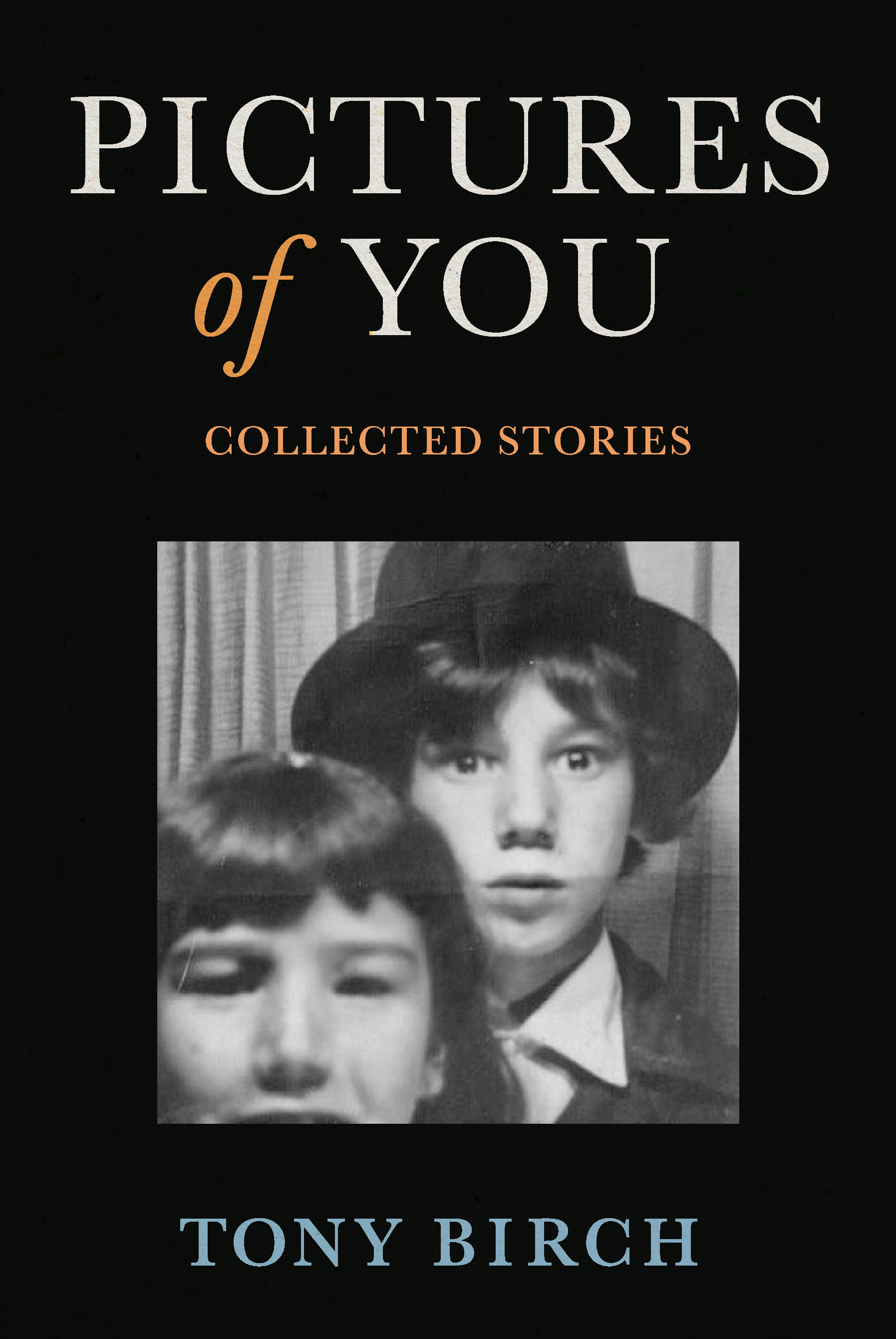Rustic cubism: Anne Dangar and the art colony at Moly-Sabata
University of Chicago Press, $99 hb, 301pp, 0 226 00532 1
A Faithful Nun
Rooms do furnish a book. This book was inspired by a 1930s interior in a photograph that art historian Bruce Adams came upon when interviewing Sydney painter Grace Crowley (1890–1979) at her home in 1973. Two years later, Adams visited the building that had intrigued him: Moly-Sabata, on the left bank of the Rhone about sixty kilometres south of Lyon. In this account of the artists who lived there from the late 1920s to early 1950s, a big-faced, stiffly dressed, middle-aged Australian makes her presence felt. In contextualising expatriate painter Anne Dangar’s twenty-one-year tenure in the art colony, Adams shows what her aspirations were, why she turned herself into a village potter, and the political use that was made of her work.
In this engrossing life of ‘la Miss’, as Dangar is still affectionately referred to by the locals, the reader soon becomes conscious of her master and Moly-Sabata’s negligent landlord, the French painter and theorist Albert Gleizes (1881–1953). Gleizes made a sort of religion out of a systematic, non-individualistic approach to painting, and, in the process, made a ‘faithful nun’ (her words) out of Dangar.
Adams moves between figure and background in this account of modernism between the wars. His initial biographical sketch of Dangar (1885–1951) is centred on her involvement with Julian Ashton’s Sydney Art School, and is full of colourful detail.
By 1926 Dangar was ambitious to learn more about European modernism and made her first visit to France, in the company of Crowley, her former colleague and soul mate. Adams suggests Dangar was attracted to modernism’s laws and principles, not to its avant-garde rebellion. Significantly, the study of painting and its laws, not individual expression, had occupied Gleizes since his involvement with a varied group of Cubist painters in Paris prior to World War I. (For a wildly enthusiastic account of Gleizes’ status as an artist, see Peter Brooke’s Albert Gleizes: For and Against the Twentieth Century, 2001.)
On their first visit to France, the two Australians made good use of their time, including studies in Paris. In order to support herself there, Dangar took lessons in china painting – she supplied a store – and in making pottery. When lack of funds forced her back to Australia in 1928, Crowley stayed on for another year. In that time, she had a few lessons with Gleizes. Back in Sydney, at the age of forty-five, a time when many single, independent women turn to God or gardening, Dangar chose the former. Immersed in Gleizes’ spiritualist writings on art, and with Crowley having acted as intermediary before returning to Sydney, Dangar returned to France in 1930 to join his fledgling art colony to study his approach to painting.
In 1906 Gleizes had been involved with a literary community, a utopian experiment acted out in many guises in the nineteenth century, inspired in part by French socialist Charles Fourier. But Moly-Sabata, which Gleizes initiated with just two residents in 1927, was more monastic than radical. In Adams’s story, the eighteenth-century, semi-derelict, twelve-roomed building accommodates residents and visitors, is regularly flooded, decays, is threatened by war, but endures. It is a symbol of rural life before centralisation and massification. The pull of regionalism surfaces unconsciously in Adams’s references to Brittany and Provence, regions that ceased to exist 200 years ago, but which persist in the popular imagination.
Arriving at Moly-Sabata almost penniless in 1930, Dangar acted on the advice of the only other artist living there. With Robert Pouyaud’s introduction to one of the traditional potters in the area, she began what would become seventeen years of learning alongside the workers and then having to fit in with them for her own small-scale production. A memorable photograph shows her balancing a plank loaded with nine big bowls in a drying room.
In telling Dangar’s story, Adams makes judicious use of her letters to Crowley, which are held in the Mitchell Library, Sydney. As Brenda Niall noted in reviewing Helen Topliss’s Earth, Fire, Water, Air: Anne Dangar’s Letters to Grace Crowley, 1930–1951 (an unlovely publication of 2001), they can make cloying reading. I found the girlish tone hard to take, but the letters do offer an almost daily account of Dangar’s struggle with poverty and her subjugation to Gleizes.
Dangar’s chunky vessels and plates in traditional shapes decorated with curvy lines that are Cubist, Celtic or vernacular in origin belie what often seem like miserable conditions of her life and work. They are vital and robust; Gleizes’ paintings, in contrast, seem prettily coloured and ever so slightly sterile. The one gouache by Dangar in the book follows his method of ‘cadences’ of tonally even colour.
It is too easy to dismiss as cultish, or even hippy, the spiritual significance that Gleizes’ followers invested in his studies of the circle and spiral, but one of my heroes in this book is the young art writer Michel Seuphor, who stayed twice at Moly-Sabata. Dangar later referred to him as a viper for his assessment of the badly functioning community. (Seuphor’s 1949 book on abstract art was to become compelling reading for at least one of the painters Dangar left behind in Sydney – Crowley’s friend Ralph Balson.)
Adams acutely describes and analyses the complexity of Dangar’s place in a politically motivated folkloric revival. In 1939 she was even sent to Morocco by the French government as a craft adviser to Arab potters – a bizarre undertaking.
In the chapters on the outbreak of war and the war years, Adams is at his even-handed best in presenting his findings on Gleizes’ Nazi sympathies and Dangar’s belief in the cleansing power of war.
Ultimately, for Dangar, who lived with the waters of the Rhone in constant sight and sound, Moly-Sabata became her ark of salvation; the rainbow becoming her special motif. Dangar entered the Roman Catholic Church six months before she died.
As we claim Dangar as an Australian artist, it would be intriguing to compare the careers of Dangar and Gladys Reynell who, after going to Europe as a painter, returned to South Australia and started making domestic pots with modernist decoration in the 1920s; or to imagine Dangar working at a small, Australian pottery such as Premier Pottery in Preston, which was set up in 1929 by artisan potters fearing unemployment during the Depression. Dangar might have worked with them in producing a version of the ‘ceramic cubism’ of Merric Boyd, so called by The Argus’s reviewer in 1913. One thing is for sure: Dangar disciplined herself to an artisanal practice and consequently abhorred the individualistic approach of the art-school trained potters that came after her.
This handsome book feels like a resolution of Adams’s fascination with Moly-Sabata. Susan Paull’s photographs are never less than splendid. My only quibble is with Adams’s use of the term ‘turning’. Turning is understood here as a separate operation from throwing. Otherwise, Rustic Cubism is a model of a critical study that combines art history and social history.











Leave a comment
If you are an ABR subscriber, you will need to sign in to post a comment.
If you have forgotten your sign in details, or if you receive an error message when trying to submit your comment, please email your comment (and the name of the article to which it relates) to ABR Comments. We will review your comment and, subject to approval, we will post it under your name.
Please note that all comments must be approved by ABR and comply with our Terms & Conditions.